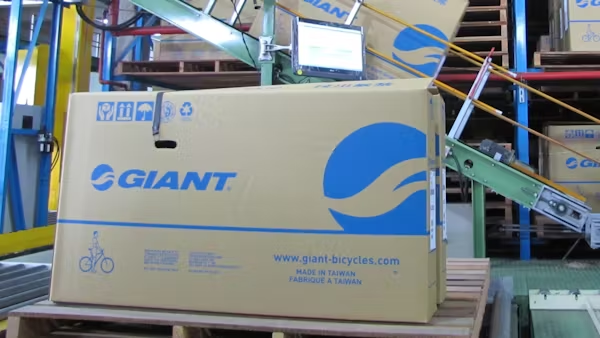E-Bike Import Duties: A New Chapter in Europe’s Cycling Landscape
As cycling enthusiasts, many of us are keenly aware of the ongoing developments affecting our beloved sport, especially in the realm of e-bikes. Recently, the European Commission announced its decision to extend anti-dumping and countervailing duties on e-bikes imported from China for another five years. This ruling, while holding significant ramifications for both manufacturers and consumers, opens up an intriguing discussion about the future of cycling in Europe.
Understanding the Anti-Dumping Measures
The crux of the issue lies in the European Commission’s concerns about unfair pricing practices. These anti-dumping duties are designed to level the playing field for European manufacturers, ensuring that imported e-bikes do not undercut local products. The new duties, targeting specific companies, showcase a tailored approach — ranging from 9.9% for Giant Electric Vehicle to a staggering 70.1% for those deemed non-cooperative.
The rationale behind these measures is to protect the burgeoning European e-bike market and to encourage local innovation. This is vital as the demand for e-bikes continues to rise. Many cycling enthusiasts are opting for these electric alternatives to commute and explore the great outdoors, pushing for a more sustainable mode of travel.
Impact on Consumers and the Market
When it comes to e-bikes, consumers are often caught in the crossfire of policy decisions. With the extended duties, you may notice a shift in pricing. E-bikes imported from China might see a price increase, which could deter some potential buyers. However, it’s important to remember that this could also spur local manufacturers to innovate and produce higher-quality e-bikes that better meet the needs of European riders.
For consumers, this means it’s the perfect time to research and explore homegrown options. Riding local may not only offer a more sustainable choice but also support the economy and ensure you have access to better customer service and warranties.
The Future of E-Bike Innovation in Europe
While it may seem like a setback, this newly extended ruling could serve as a launchpad for innovation in the European e-bike sector. Local manufacturers now have an opportunity to invest in research and development, enhancing product quality and performance. As the cycling community becomes increasingly diverse, offering a variety of e-bikes tailored to local tastes could result in a flourishing market.
European brands might start focusing on sustainability, perhaps harnessing eco-friendly materials or developing advanced battery technology. As an avid cyclist myself, I believe that the end result will be a more robust selection of e-bikes that can accommodate everyone from urban commuters to weekend adventurers.
A Personal Perspective
As a passionate cyclist who has navigated through various local e-bike models, I urge fellow riders to keep an eye on developments in this space. Consider supporting local brands, which not only fosters innovation but often results in superior after-sales support. Don’t hesitate to test ride various models to discover the one that fits your lifestyle best.
Conclusion: Embracing Change
The European Commission’s decision to maintain anti-dumping duties on Chinese e-bikes marks a pivotal moment for the cycling community in Europe. While the immediate impact may result in higher prices, it ultimately also encourages local manufacturers to rise to the occasion. With a focus on innovation and sustainability, the future of e-bikes in Europe looks bright. Embrace these changes — they could lead to a richer cycling experience for us all.
Original article: Click here











